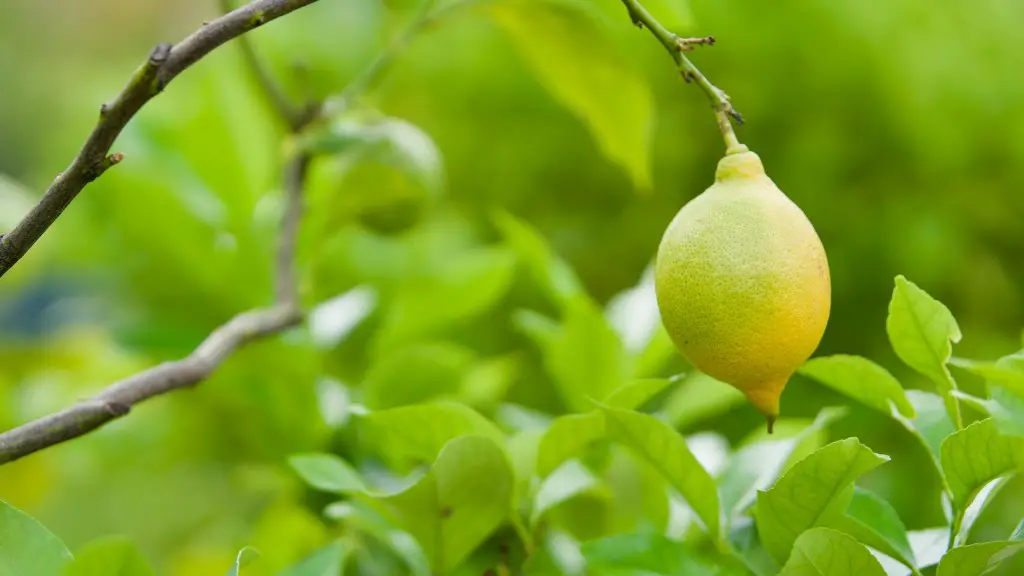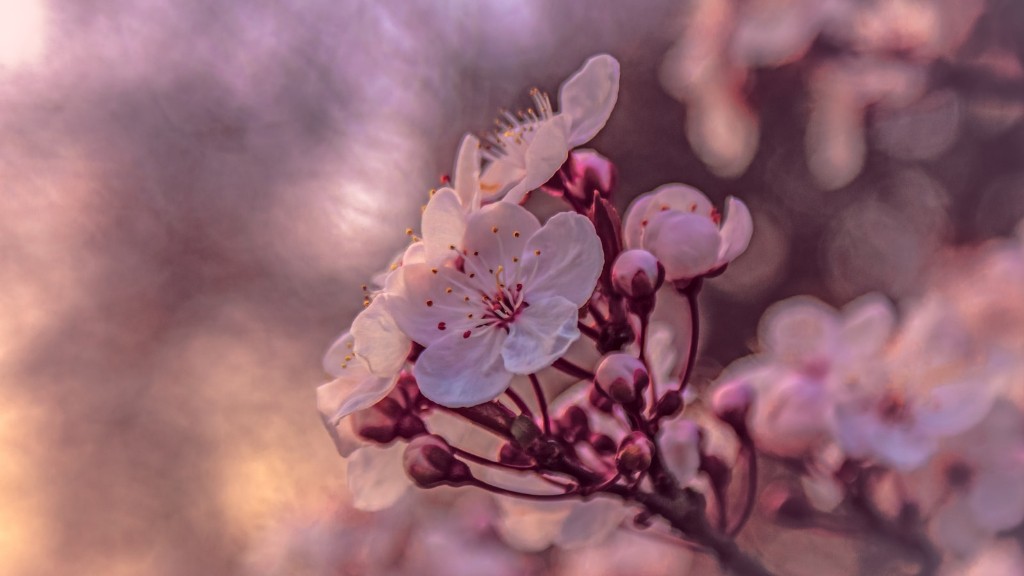Where to prune lemon trees is a question many garden and orchard keepers wrestle with. In order to ensure maximum health and vigor, the correct pruning spots are important to understand. As with all pruning, it’s best to consider the natural shape and form of the tree as you work. Pruning at the wrong spot can not only reduce the wellness of the tree, but also impact fruit harvest and overall appearance. Here are some tips on where to prune lemon trees correctly.
1. Thinning The Canopy
The inner canopy of a lemon tree often gets very thick and can block air, light, and nutrients from reaching the inside branches. To allow for increased air and light penetration, it’s important to thin out the canopy. Start at the top and work your way down. Cut back branches, removing overlapping and overcrowded branches whenever possible. Don’t take out too much at once, though, as this can leave the tree vulnerable to disease, pests, and stress.
2. Pruning For Shape
The shape and form of a lemon tree can be drastically improved by pruning. Start from the top and work your way down, removing any branches that are too long or too short. Remove crossed branches and those that are growing in odd directions. Try to stick to the main leader branches – the largest branches that provide the basic shape of the tree. Don’t remove more than one-third of the canopy at one time, as this can cause excessive stress.
3. Deadheading Flowers
Lemon trees are often affected by heavy flowering and need additional deadheading regularly. Cut off the flower heads when blooms fade, as this will help promote more new flowers to grow. This will eventually lead to increased fruit production, since the flowers need to be pollinated in order to form fruit.
4. Clean Up The Tree Base
The base of a lemon tree can become overrun with suckers. These are multiple shoots that emerge from the rootstock, and they can steal energy from the main tree. Therefore, these should be removed to direct energy towards your lemon tree. Be sure to use a sharp pair of shears or scissors to make a clean cut for the best results.
5. Monitor The Tree
Once you’ve pruned your lemon tree, it’s important to take some time to regularly monitor the tree. Look for signs of stress, disease, and pests and take action if necessary. Maintaining good tree health is key to getting the best results.
Pest Management
Pests can wreak havoc on lemon trees, so it’s important to keep an eye out for signs of insect damage. Treating the tree with insecticide regularly can help protect the tree from insects, using a product that is safe to use on fruit trees. Regularly monitoring and treating the tree can help to keep pests away and increase yield.
Fertilization
Lemon trees require regular fertilization during the growing season to ensure optimum health and yield. Look for a product that is specifically formulated for citrus trees, and fertilize once every 3-4 weeks during spring and summer. Be sure to read and follow the directions on the product label for the best results.
Watering
Water is essential for lemon tree growth, but overwatering can be just as bad as underwatering. Make sure your tree is getting the proper amount of water by monitoring the daily soil moisture. If the soil feels dry, give the tree a good soaking. Alternatively, you can use a drip-irrigation system to make sure your tree is getting a consistent amount of water.
Mulching
Mulching is not only important for moisture retention, but it also helps to suppress weed growth and provide essential nutrients to the tree. A two-to-four-inch deep layer of mulch should be enough to keep the soil around the tree moist and discourage weeds. Just be sure to keep the mulch away from the base of the tree to prevent crown rot.
Pruning After Harvest
Once the harvest is complete, it’s a good idea to prune your lemon tree one more time. This will help to keep the tree in shape and encourage new growth for next season. Remove any dead or damaged branches, and thin out the canopy as needed.


